
Celebrating Jewish American Heritage Month
Did you know May is Jewish American Heritage Month?
In 2006, President George W. Bush declared May as a time to recognize the contributions of Jewish Americans to our nation’s history and culture.
The first Jewish immigrants came to America in 1654 to escape religious persecution. Although Jewish Americans faced bigotry here too, they built thriving communities in Charleston, New York, and other major cities. They also enriched our nation’s culture and contributed to education, science, and the arts.
This month gives you the perfect opportunity to dive deeper into US history and include new voices during your social studies block. Here are 10 Jewish Americans you can highlight using Studies Weekly Social Studies:
(NOTE: You will need to be logged in to your Studies Weekly Online account to access the digital articles about these individuals.)
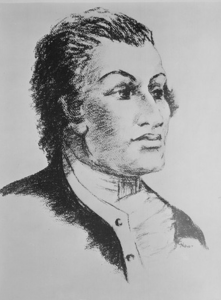
Haym Salomon
Seeing the Continental Congress struggle to finance the war, Solomon raised money by getting loans from France and other countries. He also made personal loans to the government and American leaders like James Madison, Thomas Jefferson, and James Monroe. Thanks to his generosity and financial skills, the US won its independence. Solomon continued to assist the government with its financial problems and worked to overturn laws that kept non-Christians from holding office.
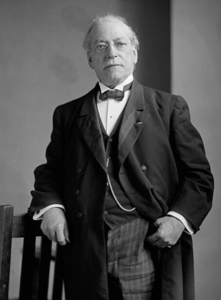
Samuel Gompers
In 1886, he helped reorganize the FOTLU into the American Federation of Labor (AFL) and became its first president. He fought for better wages, shorter work days, safer working conditions, and the end of child labor. His achievements inspired future labor unions for years to come.
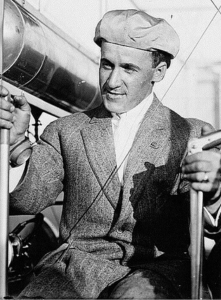
Arthur L. Welsh
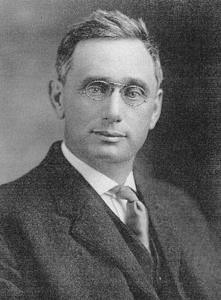
Louis Brandeis
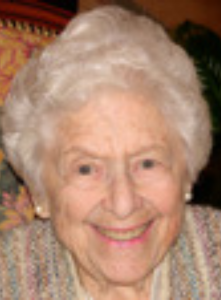
Florence Zacks Melton
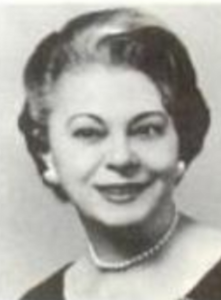
Bessie Margolin
When she was just four years old, Bessie Margolin’s mother died, and her father sent her to live in the New Orleans Jewish Orphans Home. But that didn’t stop her from becoming one of the first women to graduate from Tulane Law School and earning her PhD at Yale University in 1932.
During her career, she fought for American workers to receive minimum wages and overtime pay, won 21 Supreme Court cases, and helped prosecute some of the Nazis responsible for the 6 million Jews murdered during World War II. Margolin also assisted in forming the National Organization of Women, which worked to end violence against women and promote gender equality.
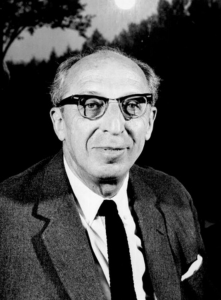
Aaron Copland
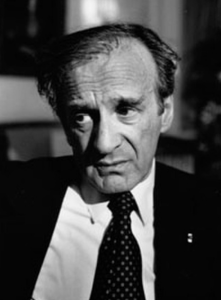
Elie Wiesel

Jonas Salk
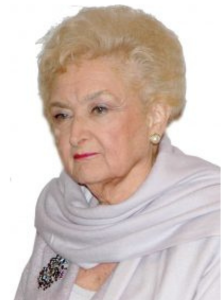
Shoshana Cardin
In 1984, she became the first president of the Council of Jewish Federations, and in 1990, served as the first president of the Conference of Presidents of Major American Jewish Organizations, which represented the interests of American Jews to the US government. She met with international leaders, including President George Bush and Soviet President Mikhail Gorbachev to combat anti-Semitism and improve the quality of life for Jews worldwide.